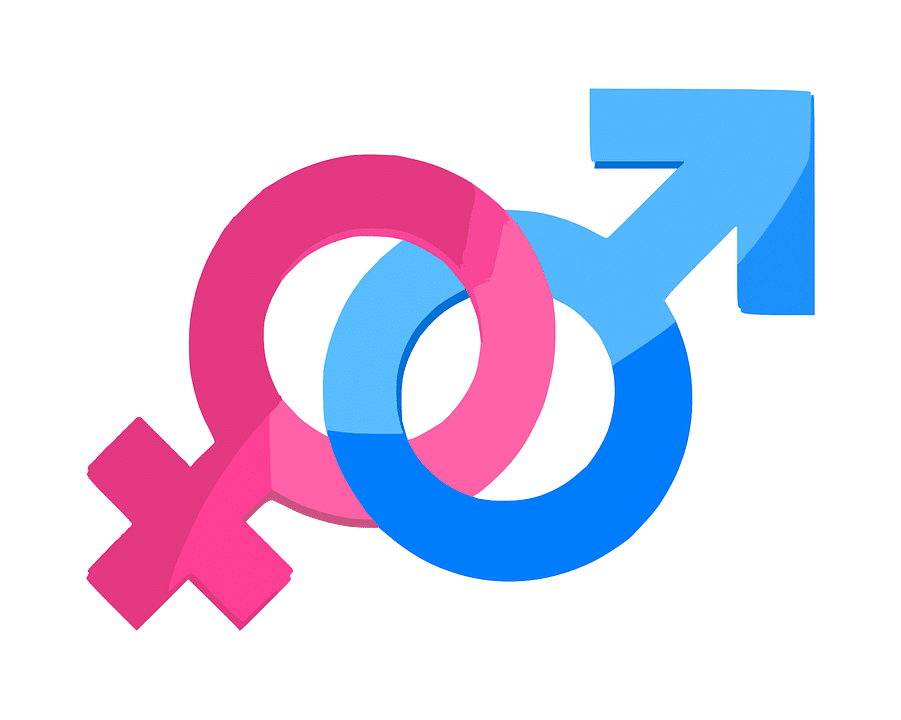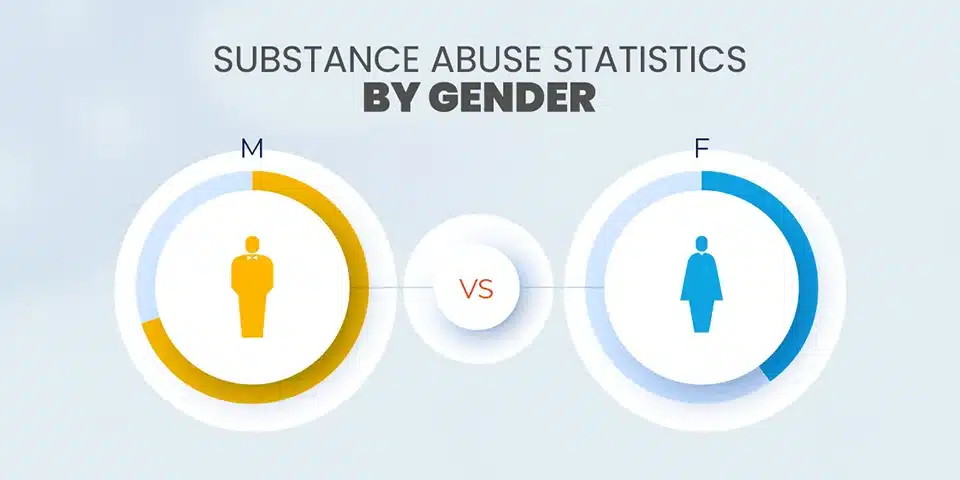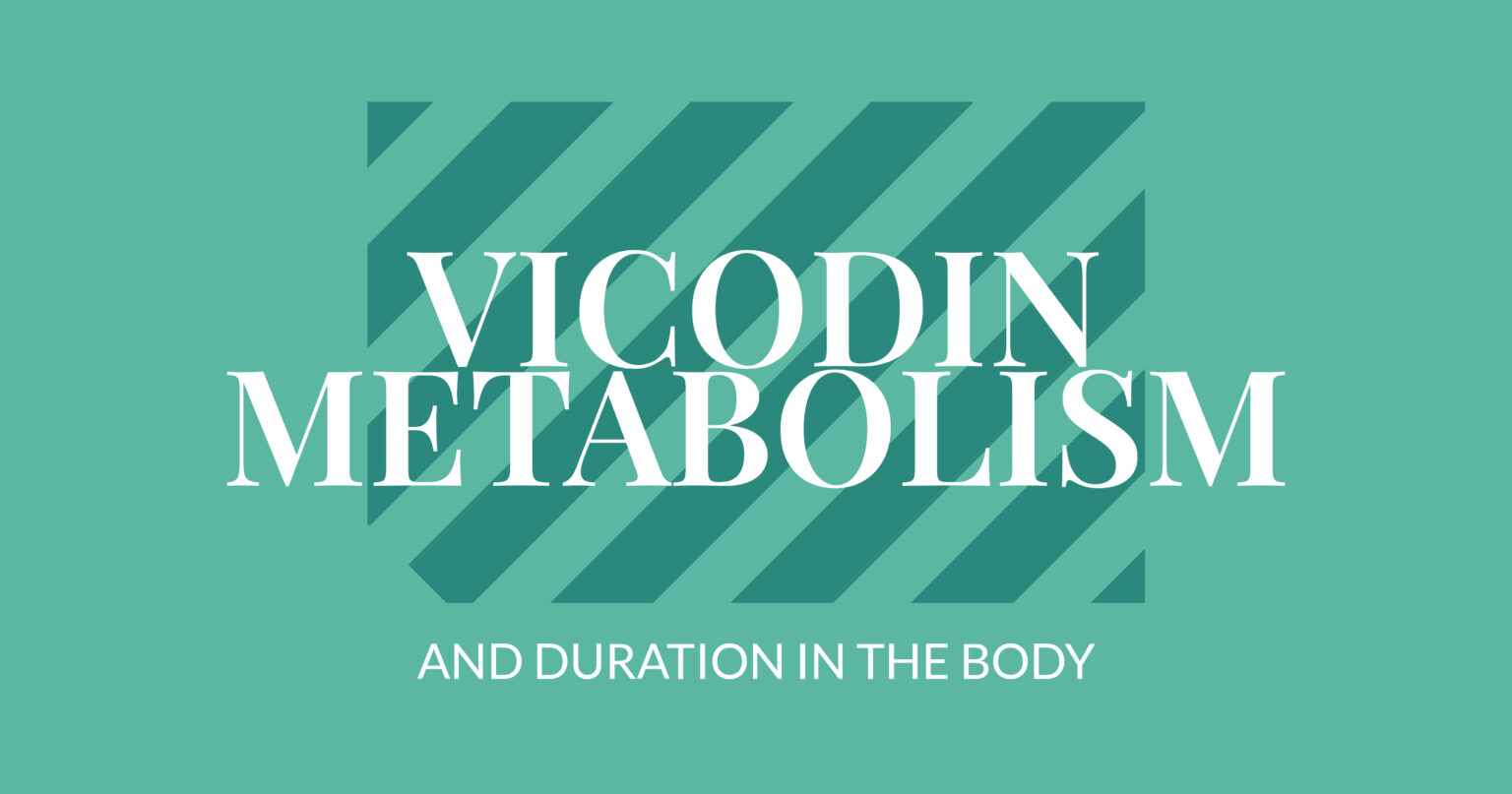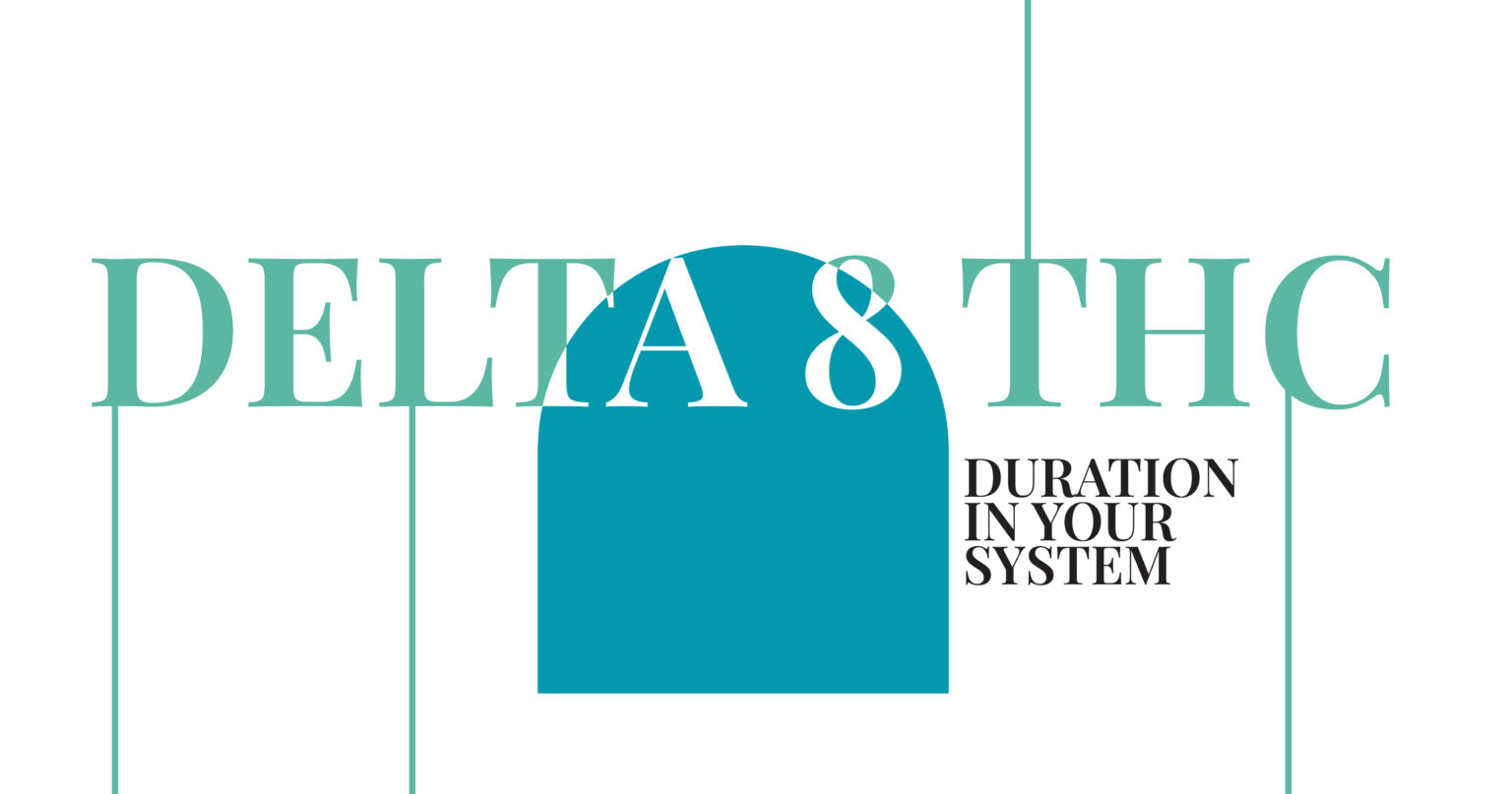One of the greatest lines of delineation between humans is gender, and it affects almost all aspects of human life, such as roles, behavior, orientation, and many more. The case is the same with substance abuse, where the effects of drugs on the male and female gender are essentially different.
Moreover, statistics continue to reveal the grave differences between substance abuse in men and substance abuse in women. Looking to learn more about substance abuse statistics according to gender? Stay tuned to this piece for all the information you need.
Substance Abuse Among Females in Comparison to Males
According to the most current National Survey on Drug Use and Health (NSDUH) statistics from 2015, 5.7 percent of American women have a drug use issue. In the same year, the National Institute on Drug Abuse and Alcoholism (NESARC) discovered that 3 percent of American women had a drug use problem and 10 percent had an alcohol use problem.
Women are equally susceptible to developing a substance misuse problem as men, even though men have historically had a larger inclination. In recent years, the disparity in overdose mortality rates among men and women has shrunk significantly. In the future years, there will be an increase in the number of female overdose deaths.
48,000 women died as a consequence of overdosing on painkillers prescribed by their doctors between 1999 and 2010. However, between 2010 and 2015, over 50,000 women died due to an accidental drug overdose. (Except for casualties and reasons connected to drinking).
Furthermore, recent studies have revealed that women are more likely than men to have chronic pain and be prescribed medicine to relieve it and be prescribed higher doses of medication to alleviate it and take the prescription for a longer period.
Which Drugs are Commonly Abused by Men and Women?
Males and females take drugs differently, and their preferred substances of abuse vary as well. Harvard Medical School reports the following findings on male and female drug usage:
- Males are up to three times more likely than females to consume marijuana every day. However, with the rising drive to legalize medicinal marijuana, females may be more likely to utilize cannabis products.
- Women undergo emergency treatment for opioid addiction and abuse at a higher rate than males. Females are more prone than men to be prescribed prescription opiates like Vicodin, Percocet, and OxyContin, probably because they are more likely to suffer from chronic pain-causing medical diseases like endometriosis and rheumatoid arthritis.
- Stimulant misuse is equally common in both men and women. Cocaine, methamphetamine, and other stimulants are used at equal rates by men and women. On the other hand, women are more likely to get hooked and experience health problems. Women are also more likely to relapse after completing therapy.
Prescription drug abuse, which includes painkillers, tranquilizers, and sedatives, is rising in the United States. Even though males misuse prescription medicines more than women, the gender gap is closing. According to Gender Medicine, prescription drug addiction is more common among younger girls, ages 12 to 17, than among men. According to the same article, more young adult girls are addicted to cocaine or prescription pharmaceuticals, even though young adult men misuse these substances more often and in bigger quantities.
Surprisingly, data suggest that overdose fatalities among women are rising, particularly among women who misuse prescription opioids. According to the CDC’s Vital Signs, women’s overdose fatalities have surged 400% since 1999. On the other hand, men have seen a 265 percent rise in fatal opioid overdoses during the same period. According to the Centers for Disease Control and Prevention (CDC), up to 18 women die every day in the United States from an overdose of opioid painkillers, many of which were acquired via a prescription.

Why Does Gender Matter in Substance Abuse Statistics?
Drug addiction was previously researched from a masculine viewpoint in both men and girls. Similarly, substance misuse prevention programs and recovery centers were created to focus on the needs of men in mind. Men’s and women’s needs may now be addressed via outreach efforts, prevention education, and drug addiction treatment.
Gender-specific treatment programs give many individuals a reprieve from the social stresses of ordinary life in drug addiction recovery. Patients of both sexes may concentrate only on their rehabilitation without the distraction of mingling with people of the opposing gender. Both men and women may feel better at ease discussing delicate topics like sexuality, societal discrimination, and domestic violence with members of their sex in group therapy sessions.
Both men and women may benefit from a comprehensive drug addiction treatment program that includes everything from detox to residential treatment, partial hospitalization, outpatient treatments, and transitional living. On this spectrum of rehabilitation services, effective treatment options include:
- Detoxification under medical supervision
- Anti-addiction medicine is a kind of drug that is used to treat addiction.
- Peer-to-peer counseling
- Counseling for the family or marriage
- Dietary assistance and nutritional advice
- Experiential and expressive treatments Experiential and expressive therapies
- Holistic modalities
- Alumni aftercare programs
Individuals of both genders may recover from addiction and find hope for the future with the aid of a highly trained, interdisciplinary team.
Barriers to Treatment of Substance Abuse Based on Gender
Women in recovery, like other demographic categories, may experience specific challenges and difficulties. This is due to both sex and gender differences (for example, biological variations between male and female bodies) (e.g., societal or culturally constructed roles of masculinity and femininity).
Biologically
Women’s substance use disorders develop more quickly than men’s, and they are more prone to cravings and relapse. Because women metabolize alcohol and substances differently than males, physiological variations hasten the onset of addiction. Because there are fewer stomach enzymes and more adipose tissue, the body is exposed to larger quantities of alcohol and other substances for longer.
Culturally
Because of their traditional social responsibilities as gatekeepers, mothers, carers, and often the key organizing component in their family units, women have historically encountered higher stigmatization surrounding drug use. Women have started to consume alcohol at intensities and frequencies, rapidly catching up to those of their male counterparts in most medium and high-income nations, such as the United States, as women have been integrated into the mainstream workforce.
Gender-Specific Treatment in Orange County, CA
Female addicts have a variety of particular obstacles and concerns that must be addressed for them to achieve long-term sobriety from their addictions. There is no doubt about the significance of gender-specific therapy since men also have their separate reactions to substance use.
To learn more about gender-specific addiction treatment in Costa Mesa, CA, call the Opus Health team at 855-953-1345 today.




